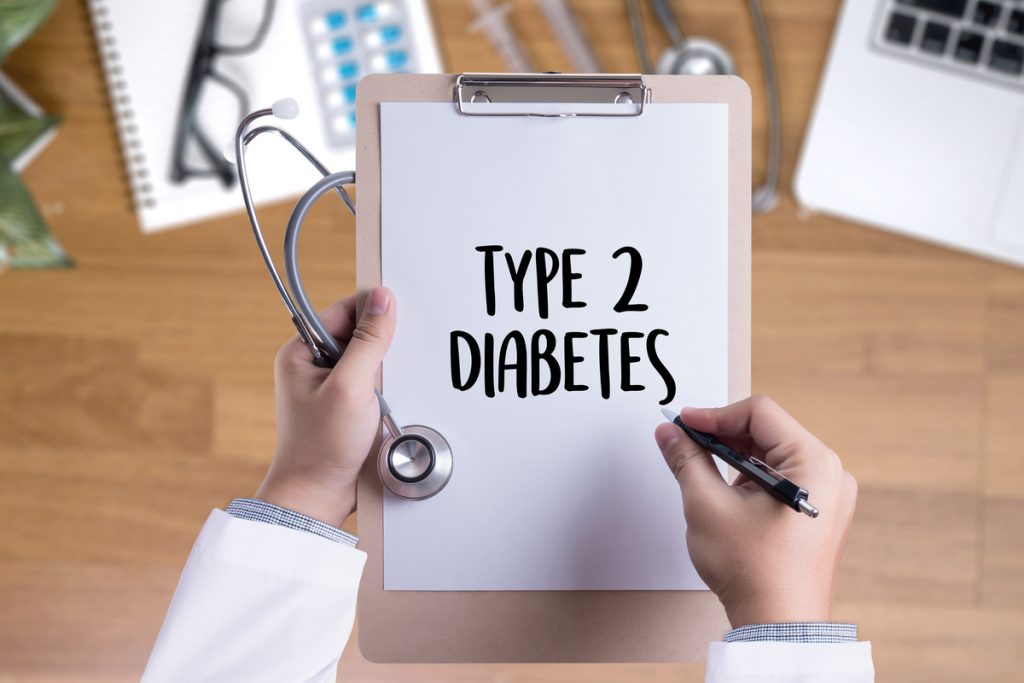What is type 2 diabetes?
Type 2 diabetes is a common condition that causes the level of sugar (glucose) in the blood to become too high.
It can cause symptoms like excessive thirst, needing to pee a lot and tiredness. It can also increase your risk of getting serious problems with your eyes, heart and nerves.
It’s a lifelong condition that can affect your everyday life. You may need to change your diet, take medicines and have regular check-ups. Must Buy Glucofort
It’s caused by problems with a chemical in the body (hormone) called insulin. It’s often linked to being overweight or inactive, or having a family history of type 2 diabetes.
Diagnosis for Diabetes Type 2
Type 2 diabetes is usually diagnosed using the glycated hemoglobin (A1C) test. This blood test indicates your average blood sugar level for the past two to three months. Results are interpreted as follows:
- Below 5.7% is normal.
- 5.7% to 6.4% is diagnosed as prediabetes.
- 6.5% or higher on two separate tests indicates diabetes.
If the A1C test isn’t available, or if you have certain conditions that interfere with an A1C test, your doctor may use the following tests to diagnose diabetes:
Random blood sugar test: Blood sugar values are expressed in milligrams of sugar per deciliter (mg/dL) or mill moles of sugar per litter (mmol/L) of blood. Regardless of when you last ate, a level of 200 mg/dL (11.1 mmol/L) or higher suggests diabetes, especially if you also have signs and symptoms of diabetes, such as frequent urination and extreme thirst.
Fasting blood sugar test: A blood sample is taken after an overnight fast. Results are interpreted as follows:
- Less than 100 mg/dL (5.6 mmol/L) is normal.
- 100 to 125 mg/dL (5.6 to 6.9 mmol/L) is diagnosed as prediabetes.
- 126 mg/dL (7 mmol/L) or higher on two separate tests is diagnosed as diabetes.
Oral glucose tolerance test: This test is less commonly used than the others, except during pregnancy. You’ll need to fast overnight and then drink a sugary liquid at the doctor’s office. Blood sugar levels are tested periodically for the next two hours. Results are interpreted as follows:
- Less than 140 mg/dL (7.8 mmol/L) is normal.
- 140 to 199 mg/dL (7.8 mmol/L and 11.0 mmol/L) is diagnosed as prediabetes.
- 200 mg/dL (11.1 mmol/L) or higher after two hours suggests diabetes.
Screening: The American Diabetes Association recommends routine screening with diagnostic tests for type 2 diabetes in all adults age 45 or older and in the following groups:
- People younger than 45 who are overweight or obese and have one or more risk factors associated with diabetes
- Women who have had gestational diabetes
- People who have been diagnosed with prediabetes
- Children who are overweight or obese and who have a family history of type 2 diabetes or other risk factors.
What if the Diabetes Screening Test Is Positive?
If the screening test for diabetes is positive, you may need further testing to ensure an accurate diagnosis. Your doctor may prescribe medication, along with a diet, regular exercise regimen, and lifestyle program, to help you manage your blood sugar and prevent serious problems.
What if the Diabetes Screening Test Is Negative?
If the screening test for diabetes is negative, continue to have follow-up screening tests every three years or as recommended by your doctor. However, your doctor may do further screening tests for diabetes if they suspect that you have diabetes or prediabetes and your initial screening result is negative.
In addition, you can lower your chances of getting diabetes by losing weight, keeping your blood pressure and lipids at normal levels, and exercising regularly.
